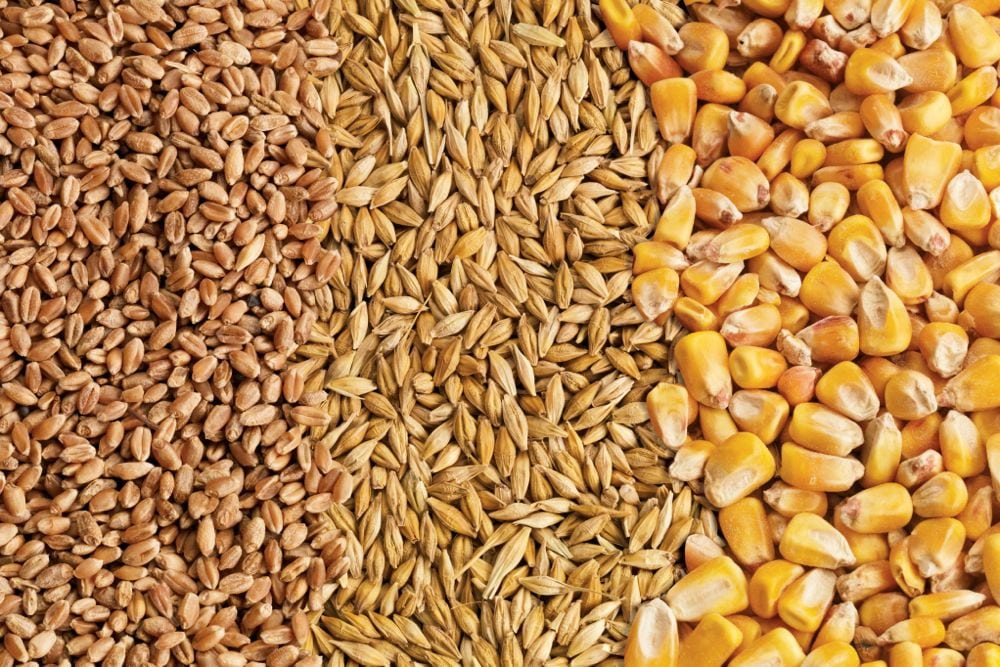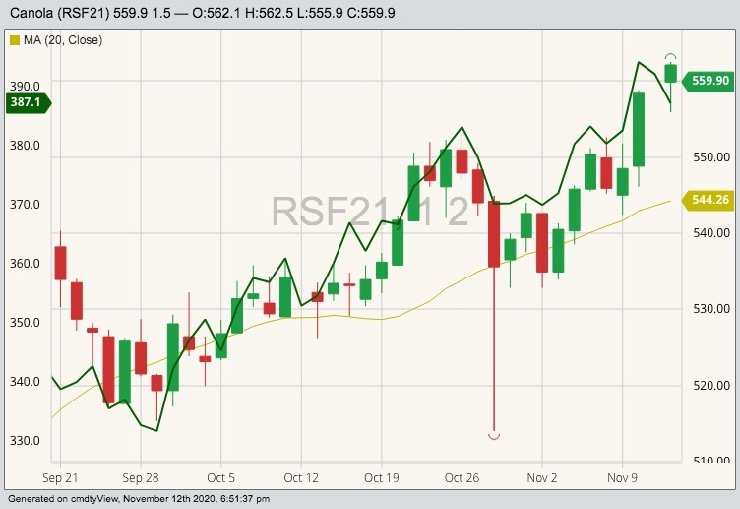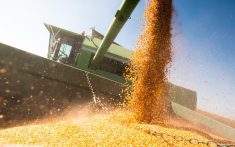MarketsFarm — Canola is deeply in the hold of a bull market that could push nearby contracts to $575-$580 per tonne, according to Errol Anderson of ProMarket Communications in Calgary.
“A bull market always needs to be fed and it keeps getting fed,” Anderson said, referencing the November supply and demand report from the U.S. Department of Agriculture (USDA).
However, he cautioned, there could be cracks in the market in the offing.
“There’s going to be a day of reckoning when the demand side shows a crack. When that happens, suddenly we go down,” he warned.
Read Also

Feed Grains Weekly: Good export demand pushing up domestic prices
Prices for feed barley and wheat have been trending higher lately, said analyst Jerry Klassen of Resilient Capital in Winnipeg.
After USDA released its world agriculture supply and demand estimates (WASDE) on Tuesday, grain prices on the Chicago Board of Trade (CBOT) skyrocketed. The January and March soybean contracts jumped more than 35 cents per bushel and January corn increased by more than 15 cents/bu.
The reason for the jump was USDA cutting its expected soybean yield from 51.9 bushels per acre in October to 50.7 bu/ac. That also meant ending stocks were slashed by nearly 34.5 per cent to 190 million bushels, without any dramatic changes to U.S. soybean exports.
Additionally, estimated corn yields fell from 178.4 bu./ac. in October to November’s 175.8. Along with an increase in exports of nearly 14 per cent, at 2.65 million bushels, U.S. ending stocks were dropped 21.5 per cent to a little more than 1.7 billion bushels.
The spillover from that boosted canola by almost $10 per tonne in its January contract at ICE Futures. It settled at $558.40 per tonne that day.
While Anderson believes canola will likely continue to increase, he cautioned to keep an eye out for potential hiccups — such as the spread trade on CBOT soymeal.
“When spread trading starts to decline, that means the commercials are starting to cover their sales. We’re starting to see that,” Anderson said.
Along with corn, soymeal has had strong demand coming out of China as the country rebuilds its hog herd, which was devastated by African swine fever. Anderson explained there’s a tipping point, in which lean hog futures have begun to drop as the market expects declines hog imports. China has added thousands of sows to its national herd, he noted.
China, he said, was still buying large amounts of corn up front, but he expects the market to cool down during the last half of the marketing year.
When the strong demand for corn and soymeal inevitably begins to wane, it could cascade, and bring canola down with it. Anderson said the markets at this point don’t know that will happen.
— Glen Hallick reports for MarketsFarm from Winnipeg.














